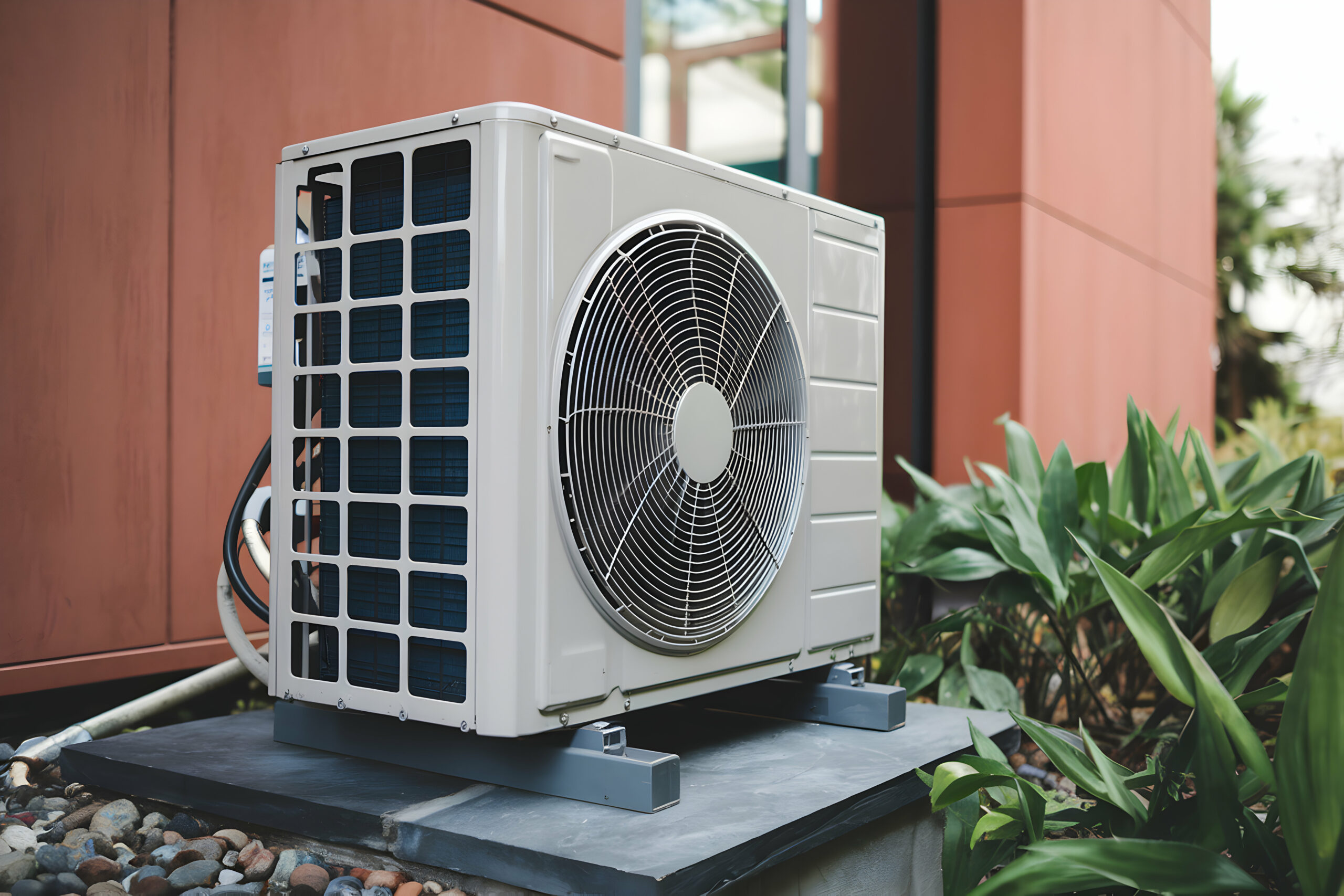Mini split systems have become increasingly popular in Arkansas homes due to their efficiency, versatility, and ease of installation. Yet, one question homeowners frequently ask is, “What size mini split do I need?” Selecting the correct size isn’t just about comfort—it’s crucial for energy efficiency, cost-effectiveness, and proper climate control. As your trusted local HVAC experts, Riverside Comfort Care in Van Buren is here to guide you through making the right choice.
Why Size Matters for Mini Split Systems
Choosing the correct mini split size is essential for several reasons. First and foremost, the efficiency of your system depends heavily on it. A mini split that’s too small will struggle to maintain comfortable temperatures, leading to increased energy consumption and higher utility bills. On the other hand, an oversized system frequently cycles on and off, leading to uneven cooling or heating and unnecessary wear and tear.
In Arkansas, humidity control is equally important. Properly sized mini splits effectively reduce indoor humidity, enhancing your home’s comfort level during hot and humid months. Choosing the wrong size system can lead to moisture issues, mold growth, and reduced air quality, especially detrimental to allergy sufferers.
Factors Influencing Mini Split Sizing
To accurately answer “What size mini split do I need?”, homeowners must consider several key factors. Let’s break down these critical considerations:
Square Footage
The most fundamental factor is the square footage of the space you want to cool or heat. Larger spaces require more powerful units, while smaller spaces need less cooling capacity. As a general guideline, spaces up to 500 square feet typically need around 9,000 BTUs, whereas larger spaces may require 12,000 to 24,000 BTUs or more.
Home Layout and Number of Rooms
Another crucial element is your home’s layout and the number of rooms involved. An open floor plan might allow one unit to effectively manage climate control, while homes with multiple enclosed spaces may need a multi-zone mini split system for optimal comfort.
Insulation and Windows
Insulation quality dramatically impacts mini split sizing. Poor insulation or older windows mean more heat enters during summer and escapes during winter, requiring a higher-capacity system. Conversely, excellent insulation reduces the capacity needed, potentially saving you money in the long run.
Local Climate Considerations
Living in Van Buren or elsewhere in Arkansas means dealing with significant seasonal fluctuations and humidity. These local climate conditions require careful consideration when determining system size. Professional HVAC technicians from Riverside Comfort Care understand these nuances, making expert recommendations tailored specifically to your local climate.
Understanding BTUs (British Thermal Units)
When asking yourself, “What size mini split do I need?”, you’ll inevitably encounter the term BTUs, or British Thermal Units. Essentially, a BTU measures the amount of heat a unit can remove or add per hour. Understanding BTUs is key to selecting the correct mini split size.
Generally speaking, a small room (around 150-250 sq. ft.) typically requires around 6,000 BTUs. Medium-sized rooms (up to 550 sq. ft.) need approximately 9,000-12,000 BTUs. Larger areas of about 1,000 square feet might require upwards of 18,000 BTUs. These guidelines serve as a starting point, but specific factors such as ceiling height, sunlight exposure, and home orientation also affect your precise needs.
Calculating the Right Size Mini Split for Your Home
Determining your ideal mini split size involves more than simply calculating room size. Here’s how you can approach this process:
Step-by-Step Process
- Calculate the room’s square footage.
- Assess insulation and window quality. Poor insulation or extensive windows may require additional BTUs.
- Evaluate sun exposure and home orientation. Spaces facing south or west often require higher cooling capacity.
- Factor in occupancy and usage patterns. Heavily occupied areas might require additional capacity.
The Importance of Professional Load Calculation
While general guidelines exist, nothing beats a professional load calculation for accuracy. HVAC professionals use precise calculations, considering detailed aspects of your home and environment to recommend the best solution. Riverside Comfort Care specializes in providing these calculations to ensure your mini split system perfectly matches your home’s needs.
Common Mini Split Sizing Mistakes to Avoid
When considering “What size mini split do I need?”, homeowners commonly make mistakes that negatively impact system performance:
Oversizing or Undersizing
Oversizing your mini split results in frequent cycling, reducing system lifespan, while undersizing means constant operation without achieving comfort. Either mistake diminishes efficiency, driving up energy costs.
Ignoring Insulation and Local Climate
Neglecting to consider insulation quality or local climate peculiarities often leads to improper sizing. Arkansas’ humid climate, in particular, requires specific sizing adjustments to achieve both cooling efficiency and humidity control.
DIY Installation Risks
Although installing a mini split system may seem straightforward, improper installation significantly affects performance and efficiency. Professional installation ensures correct sizing, optimal placement, and adherence to safety standards. Always consult professional HVAC technicians like those at Riverside Comfort Care to guarantee optimal performance.
Conclusion
Selecting the right mini split size for your home is not merely about comfort—it’s about efficiency, longevity, and overall home wellness. Asking the important question, “What size mini split do I need?” is the first step towards creating an ideal indoor climate.
For professional assistance and personalized recommendations, contact Riverside Comfort Care today at (479) 353-5266. Let our experienced technicians help you enjoy optimal comfort all year round.



